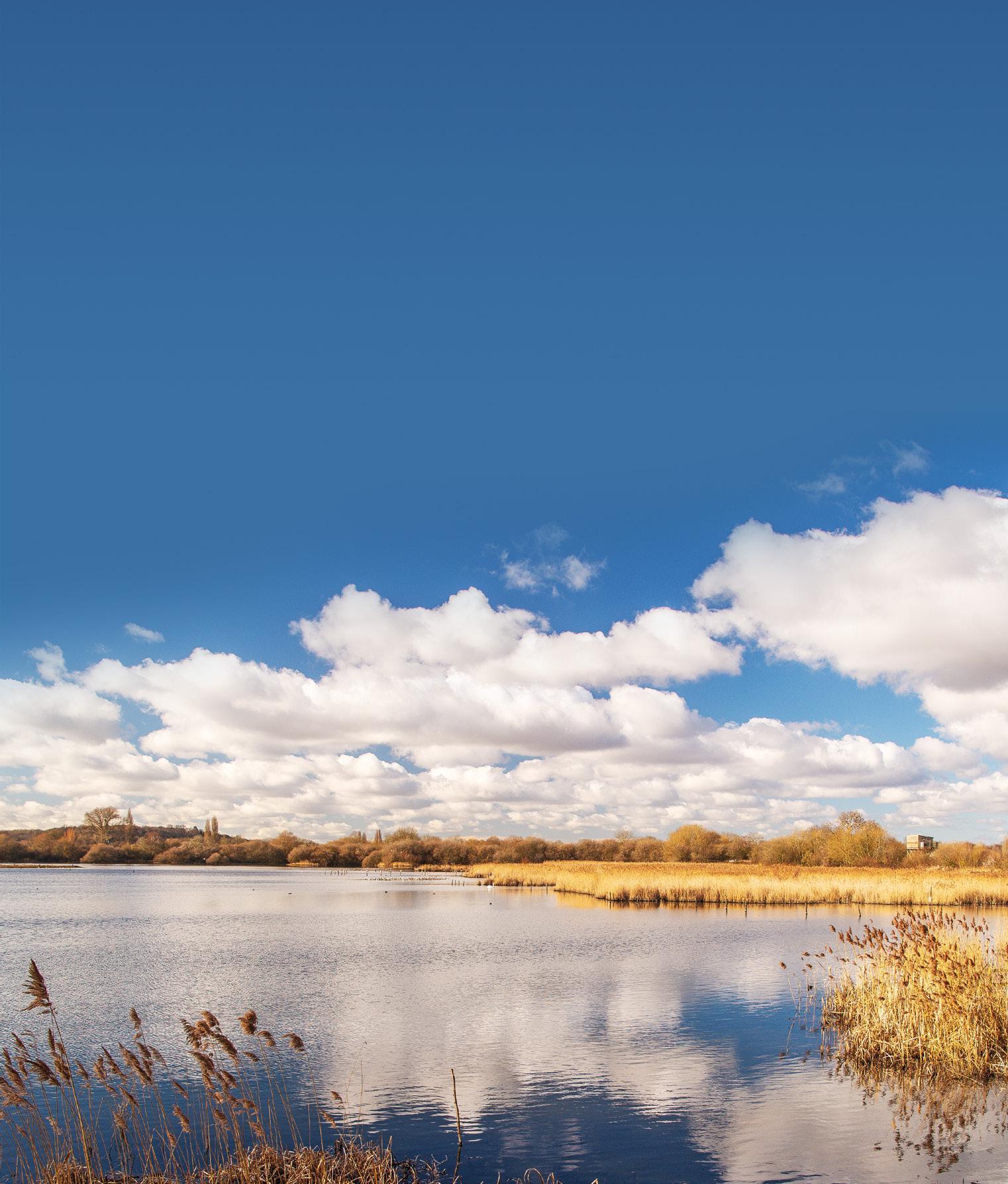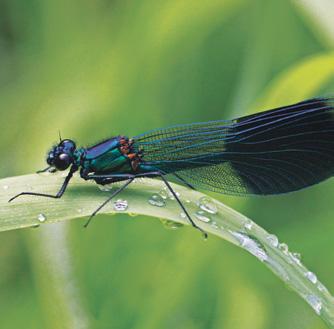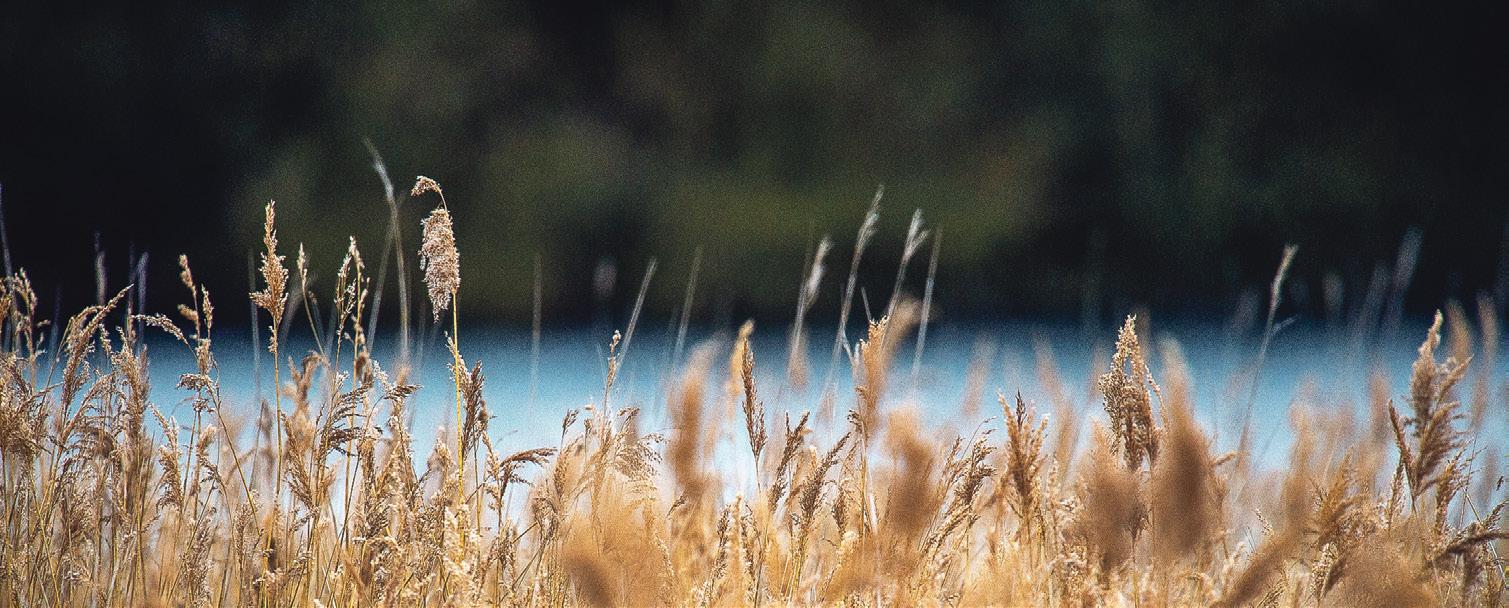
2 minute read
YOUR WILD SUMMER: Wetlands wildlife
Delights above and below the waterline
When considering wetland wildlife, it can be all too easy to default to the amazing birdlife that many wetlands are home to. Here in Nottinghamshire, we are blessed by a wonderful network of restored former sand and gravel quarries that now cover large swathes of the Trent Valley. Whilst these present some of the very best opportunities in the county to get close to nature throughout the year, in summer they are teeming with life – above and below the surface.
Advertisement
When considering wetland wildlife, particularly here in the Trent Valley, it can be hard to escape the varied bird life that our wetlands support. The influx of warblers, swifts, swallows and martins almost defines the summer at sites including our spectacular Idle Valley Nature Reserve, but to solely focus on birds would mean ignoring the complexity of our wetlands.
Many species of bird are attracted to these sites due to the abundance of insect food that thrive in the mud and margins - from the flies and mosquitos favoured by the swooping swifts and bats, to the dragonflies that are stalked by the hobby, our smallest UK falcon, during its brief summer sojourn in the UK.

Many species of insect spend time as larvae beneath the surface before taking to the wing, the most spectacular examples are our colourful damselflies and dragonflies. Species including the banded demoiselle and large red damselfly, black-tailed skimmer and four-spot chaser add welcome colour as we enjoy the long days of summer.

Insects and their larvae also provide sustenance for the myriad of fish that thrive below the surface. As the old saying goes, out of sight, often means out of mind, and this is all too often the case when it comes to fish. Despite their lack of visibility and somewhat underwhelming levels of recognition, they play a vital part in the ecosystems of our major wetlands and serve as prey to birds including diving ducks such as goosander as well as larger wading birds such as the elusive bittern.
Straddling the waterline
One of the most complex and richest of wetland habitats is reedbed. Whilst massively depleted across the UK, the restoration of former aggregates sites and concerted efforts by Wildlife Trusts, the RSPB and others has led to a resurgence of this vital habitat. Beneath the surface of the water, reedbeds provide a fertile breeding ground for invertebrates as well as a safe nursery for fish fry and frog spawn. Along their margins they provide feeding and hunting habitat from species including the majestic herons and magnificent marsh harriers which are increasingly spreading out from their strongholds in East Anglia and now a more common site in the Trent Valley. Whilst damp areas support the greatest number of invertebrate species, drier areas may provide burrowing habitat for water voles and islands may be used by otters.
Above the surface, the reedbed’s dense vegetation provides safe roosting and breeding spots for everything from harvest mice to huge flocks of starlings.

Local naturalist dedicated to putting fish on the map

Whilst fish have often been overlooked when compared to other species groups by many naturalists, Jack Perks - who hails from Clifton in Nottingham - has been on something of a one-man mission to bring the wonders of our native fish species to a wider audience. Jack, often referred to as the ‘fish twitcher’ due to his determination to see and photograph different species, has carved out a reputation as a talented naturalist and photographer – and can often be seen presenting short films on series such as Springwatch.
Not many people are quite as ready to don a wetsuit or snorkel to delve beneath the surface as Jack and he has now published a number of books illustrated by his stunning photography. Jack has photographed and recorded wildlife on a number of our reserves including Attenborough and is also a regular tutor on photography courses at our flagship nature reserves.
Get involved
On Saturday 26th August Jack will be leading a Macro Photography session at Idle Nature Reserve. For further details visit nottinghamshirewildlife.org/events










